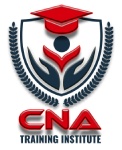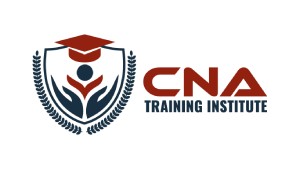People who have received first aid training are better prepared to act swiftly and efficiently in an emergency. Understanding fundamental life-saving techniques can mean the difference between life and death, whether you are at work, home, or in public. Here are some of the most important life-saving skills you will learn from a first aid course in UAE, along with their importance.
Cardiopulmonary Resuscitation (CPR)
Cardiopulmonary resuscitation is one of the most important skills taught in first aid training (CPR). CPR is a life-saving procedure performed on someone who has stopped breathing or whose heart has stopped beating, usually as a result of cardiac arrest or drowning. During the course, participants will learn how to properly execute rescue breaths and chest compressions to keep blood flowing to critical organs until help comes. Instant CPR can increase the odds of survival of a person after cardiac arrest by two or three times, making it a vital skill.
Handling Choking Emergencies
Emergency choking is not uncommon, particularly in young people and the elderly. You can learn how to do the Heimlich maneuver and other effective airway clearing techniques on someone who is choking during a first aid course. You will also learn modifications of the approach depending on their age and physical state whether the individual is a newborn, child, or an adult who is pregnant. Being able to respond quickly in a choking emergency can help avoid more dangerous outcomes, such as oxygen deprivation-induced brain damage.
Bleeding Control
Severe bleeding injuries can happen anywhere, from mistakes in the kitchen to auto accidents. First aid training gives vital information on how to halt severe bleeding, including applying pressure, bandaging, or, in severe situations, using a tourniquet. Moreover, you will learn how to care for various wounds, including more serious puncture wounds as well as smaller cuts. Controlling bleeding quickly can help avoid shock, which is essential for preserving lives.
Fracture and Sprain Management
Sprains and broken bones are commonly the result of accidents, particularly in sports and outdoor activities. Learning how to stabilize a fracture in order to stop more damage while you wait for medical attention from a professional is part of first aid training. Additionally, you will learn how to support the damaged area and lower the risk of complications by applying slings and bandages. An improved result and a faster healing period for the injured party are guaranteed by proper therapy of fractures and sprains.
Shock Management
A lack of blood flow to the body can cause shock, a potentially fatal condition. It may arise from a number of crises, such as allergic responses, hemorrhage, or trauma. You will learn how to identify the symptoms of shock, which include pale skin, fast breathing, and confusion, during first aid training. Additionally, you will learn how to position the victim, maintain their warmth, and keep an eye on their health until help arrives from a professional. Early detection and treatment of shock can avert organ failure and death.
People with first aid training are more equipped and more self-assured to respond to emergencies. With the right first aid renewal, you can improve the safety and preparedness of your community while also strengthening your own abilities to protect those around you. Enrolling in a first aid course is a time commitment that can offer long-term benefits to your capacity to save lives.

